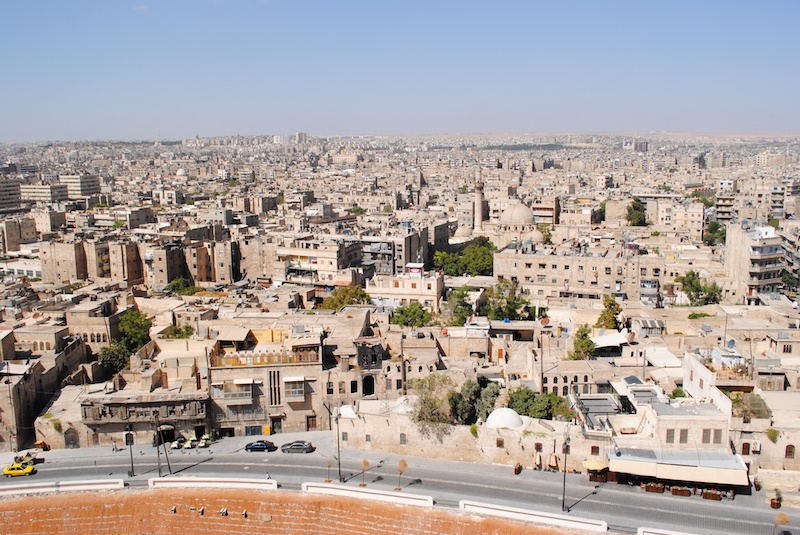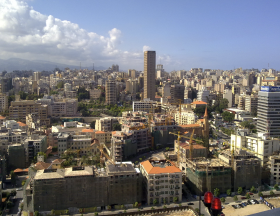Although relatively diversified in the past, Syrian productive sectors have collapsed since 2011. The World Bank estimates that cumulative GDP losses between 2011 and 2016 reach USD 226 billion, or approximately 4 times the GDP of 2010. Particularly affected, the The manufacturing sector has mainly reoriented itself towards a war economy, in a context of dwindling industrial establishments (130,000 in 2011 compared to 70,000 in 2018).
The Syrian economy is now based on three main incomes. First, Syria has developed a strong dependence on humanitarian aid, which makes it possible to maintain a certain level of external financial flows, representing more than USD 37 billion over the last 9 years (2015-2023).
However, these volumes of humanitarian aid have continued to decline, going from USD 4.7 billion in 2015 to USD 2.4 billion in 2022 (-49%). Then, the rent from phosphate exploitation has become an important source of foreign exchange income, particularly since exports of petroleum products have been reduced following sanctions.
Syria holds the 4th largest reserves of raw phosphate in the world. Production was stopped for a long time during the massive destruction of transport infrastructure in 2012, then during the takeover of phosphate mines by the Islamic State in 2015.
However, the value of phosphate exports has been increasing since 2017, reaching 46 M USD for the year 2022 (+250% compared to 2019). Finally, illegal pharmaceutical derivatives represent another major source of foreign exchange, particularly captagon. This drug, mainly consumed in Saudi Arabia, would have enabled Syria to generate more than USD 5.7 billion in 2021.
The financial sector, in particular banking, does not currently ensure sufficient investments in the private sector to diversify these sources of income. However, private banks have gradually recovered the level of their assets since 2016, a development driven by the development of golf banks in the country.
The status quo of the conflict, its profound after-effects and the latest natural disasters are preventing the country’s recovery. The destruction of physical capital has undermined production and transport capacities. Sanctions prevent the majority of trade with other countries, reducing the number of trading partners to regime allies and illicit cross-border trade.
The collapse of the education system (7,000 schools damaged or destroyed and around 2 million children out of school according to UNICEF) and the scale of the number of internally displaced people (6.9 million in 2022) and outside the country (6. 6 M in 2021 according to the United Nations) have caused irreversible damage to human capital. The earthquakes of February 2023, as well as the intensification of strikes since October, further darken the prospects for recovery. Source French Embassy in Lebanon, Economic Service









Réagissez à cet article